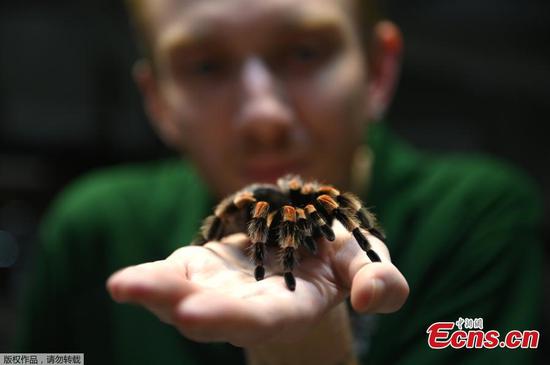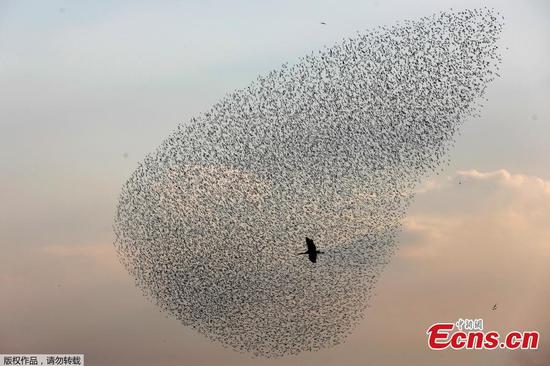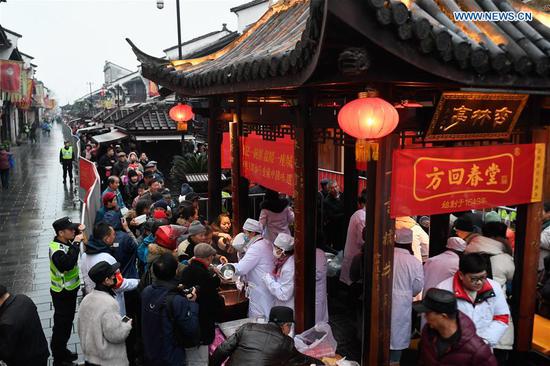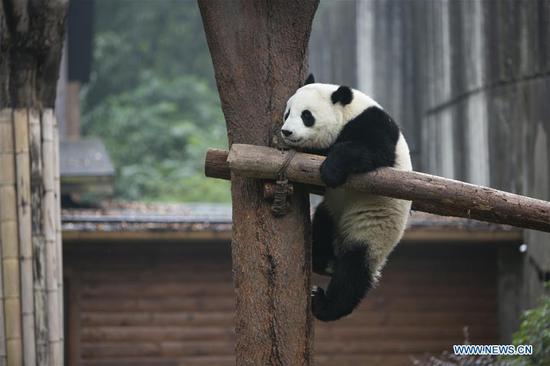
At 6 o'clock in the morning, a fishing boat sets sail from the seashore in Jiangkou county, Putian city, Fujian province.
Half an hour later, it drops anchor amid a flotilla of plastic barrels.
Each barrel houses a rope of oysters, waiting to be gathered by the fishermen, and the sea air is rich with the scent of the mature mollusks-fresh and salty, with a hint of sweetness. For more than 300 days, the oysters have been nurtured by perfect conditions, and now is the right time to reap the harvest, a season that will last until March.
It's noon when the fishermen return to shore with their boat fully loaded. A dozen middle-aged women line the beach to greet them as they land-or perhaps more precisely, wait for the oysters.
With a small knife in one hand and a thick glove on the other, each woman can shuck two to three oysters a second. Over the course of an afternoon, a single one of these industrious women can shuck hundreds of kilograms of oysters that are then put into small barrels and sent across China to the branches of Putien restaurant, some of which will arrive in Beijing the next day.
Until the end of the season, every branch of Putien will be highlighting six oyster dishes using the extricated mollusks.
"It's the third year that we are hosting a Putian oyster season at our restaurants," says Yu Jing, brand director of the restaurant chain. "In 2018, we consumed 78 metric tons of fresh oysters."
According to Yu, there are many coastal areas breeding oysters in China, but Fujian has become, regionally, the largest domestic producer because of its long coastline and ideal climate.
"The salinity of the seawater in Putian is in line with the global average, while the temperature is between 23 C and 28 C, allowing for the cultivation of oysters with a less fishy smell and a sweeter flavor," she says.
"What's magic about breeding oysters is that they don't need to be fed. They grow by themselves by absorbing the bacteria and other forms of nutrition from the sea," Yu says.


















































